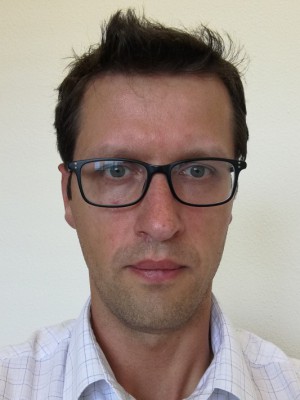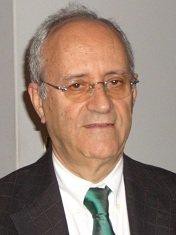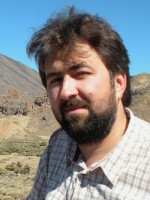resumo
This work contributes to the better understanding of Kelvin microprobe response to iron re-deposition related surface morphology changes resulting from Mg corrosion caused by iron-rich impurities. Scanning Kelvin probe force microscopy (SKPFM) was performed on polished Mg samples at well-defined surface conditions occurring from corrosive exposure to 0.05 M NaCl electrolyte or dissolved FeCl2. Volta potential difference was measured and mapped across iron-rich areas, unaffected areas of alpha-Mg, and on FeCl2 exposed areas. Afterward, the obtained potential values were evaluated via the derived mathematical expression, based on model assumptions. Subsequently, they were compared and then correlated to the corrosion process. The article demonstrates what kind of information can be obtained by SKPFM and what conclusion can be drawn toward the detailed explanation of recently reported iron re-deposition mechanism on corroding Mg surface. Finally, suggestions toward the improved application of SKPFM for Mg corrosion are made.
palavras-chave
PROBE FORCE MICROSCOPY; ANODIC HYDROGEN EVOLUTION; CORROSION BEHAVIOR; LOCALIZED CORROSION; ALLOYS; METAL; FILM; MG; INHIBITION; POTENTIALS
categoria
Materials Science; Metallurgy & Metallurgical Engineering
autores
Yasakau, KA; Hoche, D; Lamaka, SL; Ferreira, MGS; Zheludkevich, ML
nossos autores
agradecimentos
K.A. Yasakau thanks the Portuguese Foundation for Science and Technology (FCT) and "Programa Operacional Capital Humano, comparticipado pelo Fundo Social Europeu e por fundos nacionais do MCTES" for the financial support in form of a PostDoctoral grant (ref. SFRH/BPD/80754/2011) and a Researcher grant (IF/01284/2015). A part of this work was developed within the scope of the project CICECO-Aveiro Institute of Materials, POCI-01-0145-FEDER-007679 (FCT Ref. UID/CTM/50011/2013), financed by national funds through the FCT/MEC and when appropriate co-financed by FEDER under the PT2020 Partnership Agreement. Dr. S.V. Lamaka acknowledges the financial support of Alexander von Humboldt Foundation via Experienced Researcher Grant. The authors acknowledge Dr. M. Rohwerder from MaxPlanck-Institut fur Eisenforschung (MPIE) for helpful scientific discussions.




